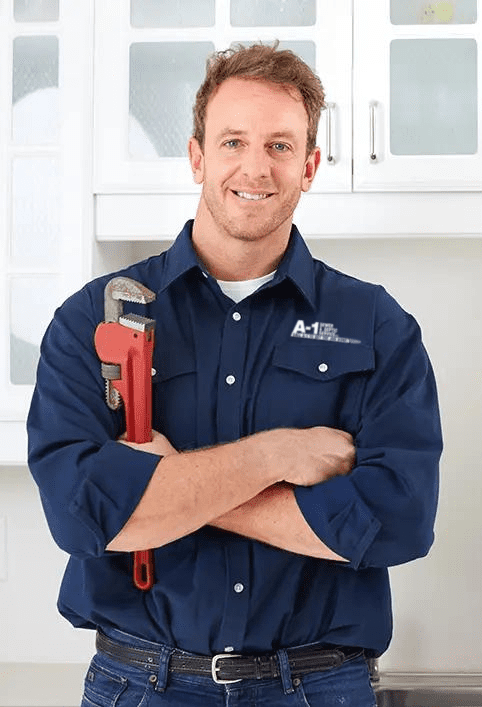How to Find a Plumbing Leak
Homeowners know that a water leak, even a small leak or slow leak, no matter how insignificant, can eventually lead to major water damage, and being able to see the signs of a leak to know to call a professional plumber can be critical. Leak detection, and finding the plumbing




